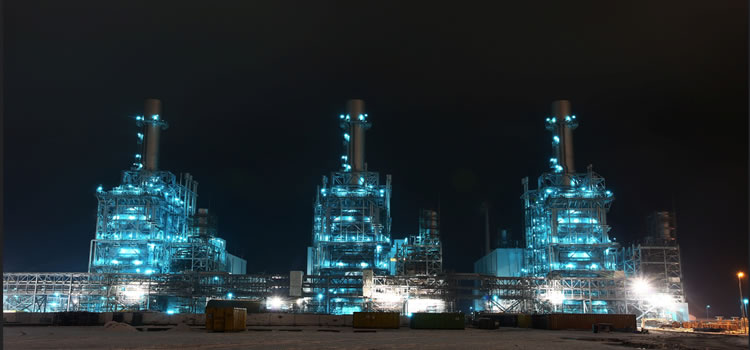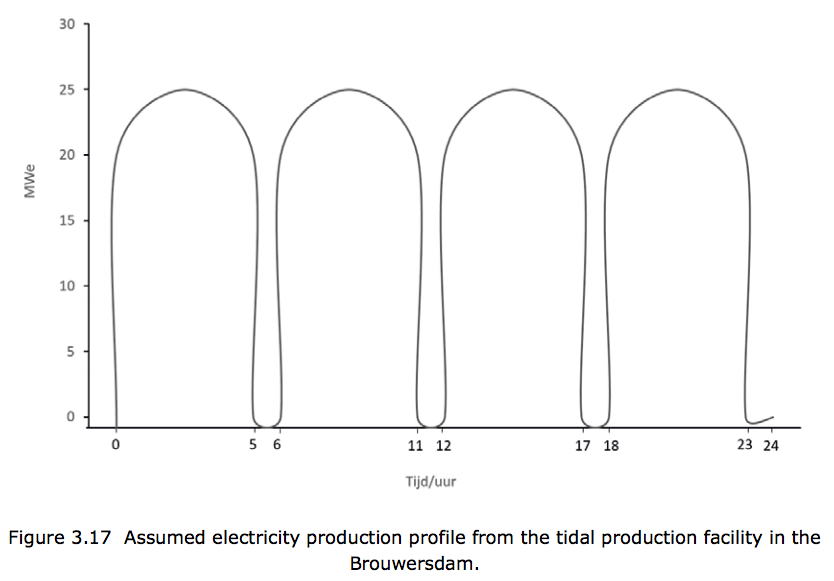Last month, a heavyweight consortium of local and global companies announced plans to collaborate on a project to design, build, operate, and evaluate a demonstration plant to produce "green ammonia" from water, air, and renewable energy in The Netherlands. This is one practical outcome of last year's Power-to-Ammonia study, which examined the economic and technical feasibility of using tidal power off the island of Goeree-Overflakkee in Zuid-Holland to power a 25 MWe electrolyzer unit, and feed renewable hydrogen to a 20,000 ton per year green ammonia plant. This new demonstration plant phase of the project will still be led by the original developer, Dutch mini-ammonia plant developer Proton Ventures. However, its partners in the venture now include Yara and Siemens, as well as speciality fertilizer producer Van Iperen, and local sustainable agricultural producer, the Van Peperstraten Groep.
Content Related to Stedin
Power-to-Ammonia: the Economic Viability of Ammonia Energy
In the last 12 months ... The extensive Power-to-Ammonia feasibility study demonstrated that ammonia energy could be economically viable in different business cases. The report was a collaborative effort by large European corporations - power companies, electricity distributors, chemical producers, engineering firms - and it has already resulted in plans for one 440 MW power plant to be converted to carbon-free fuel by 2023.
Power to Ammonia: The Stedin - Goeree-Overflakkee case
Goeree-Overflakkee, in the southwest corner of The Netherlands, already produces more renewable power than it can consume. But, by 2020, this small island will generate a full 300 MWe of solar and wind, which far "exceeds the electricity demand on the island, rated at maximum 30 MWe peak." Stedin, the local grid operator, has the expensive task of integrating these and future renewable resources into its electricity distribution system. The recent Power-to-Ammonia study included a detailed analysis of Stedin's business case for producing renewable ammonia as a way to store and transport this electricity - enabling the island to become a net exporter of clean energy.


